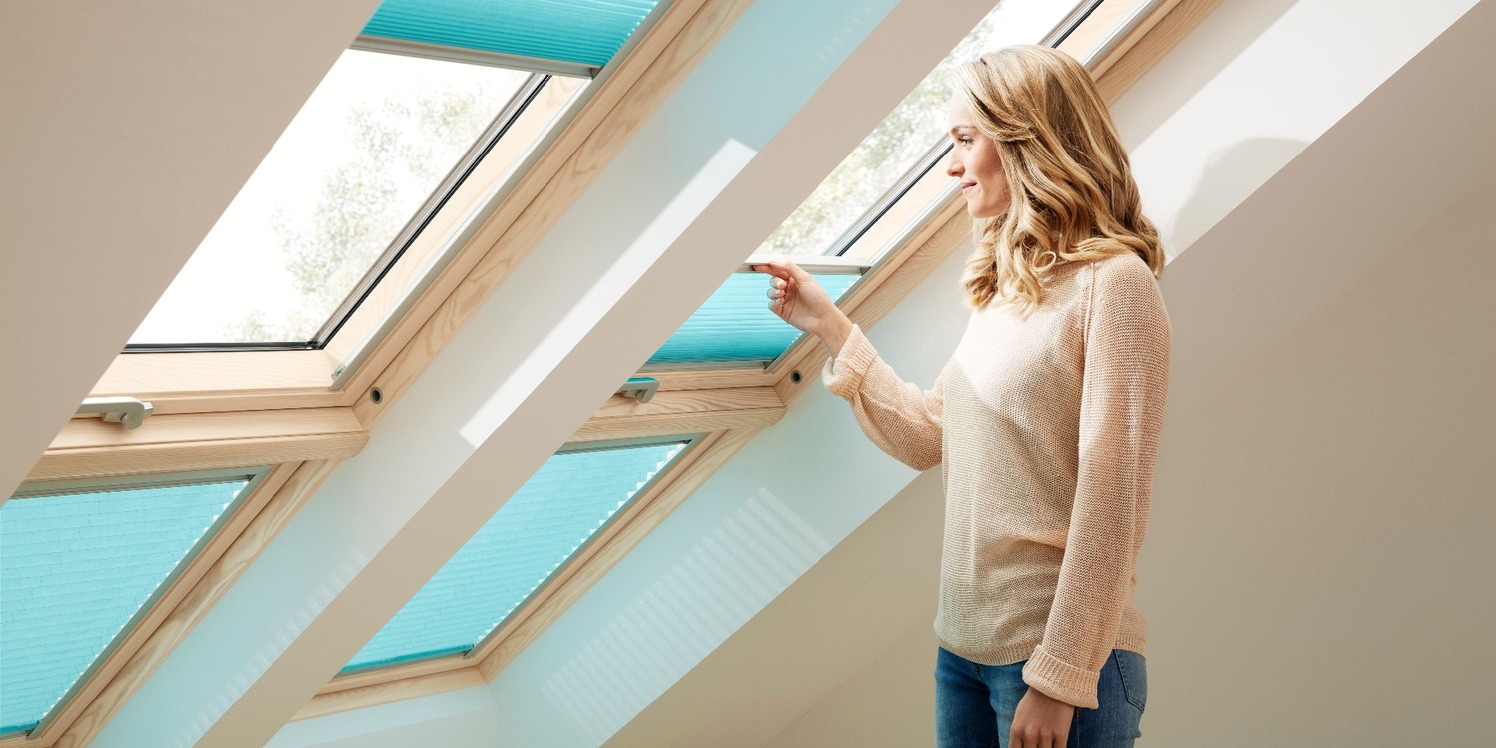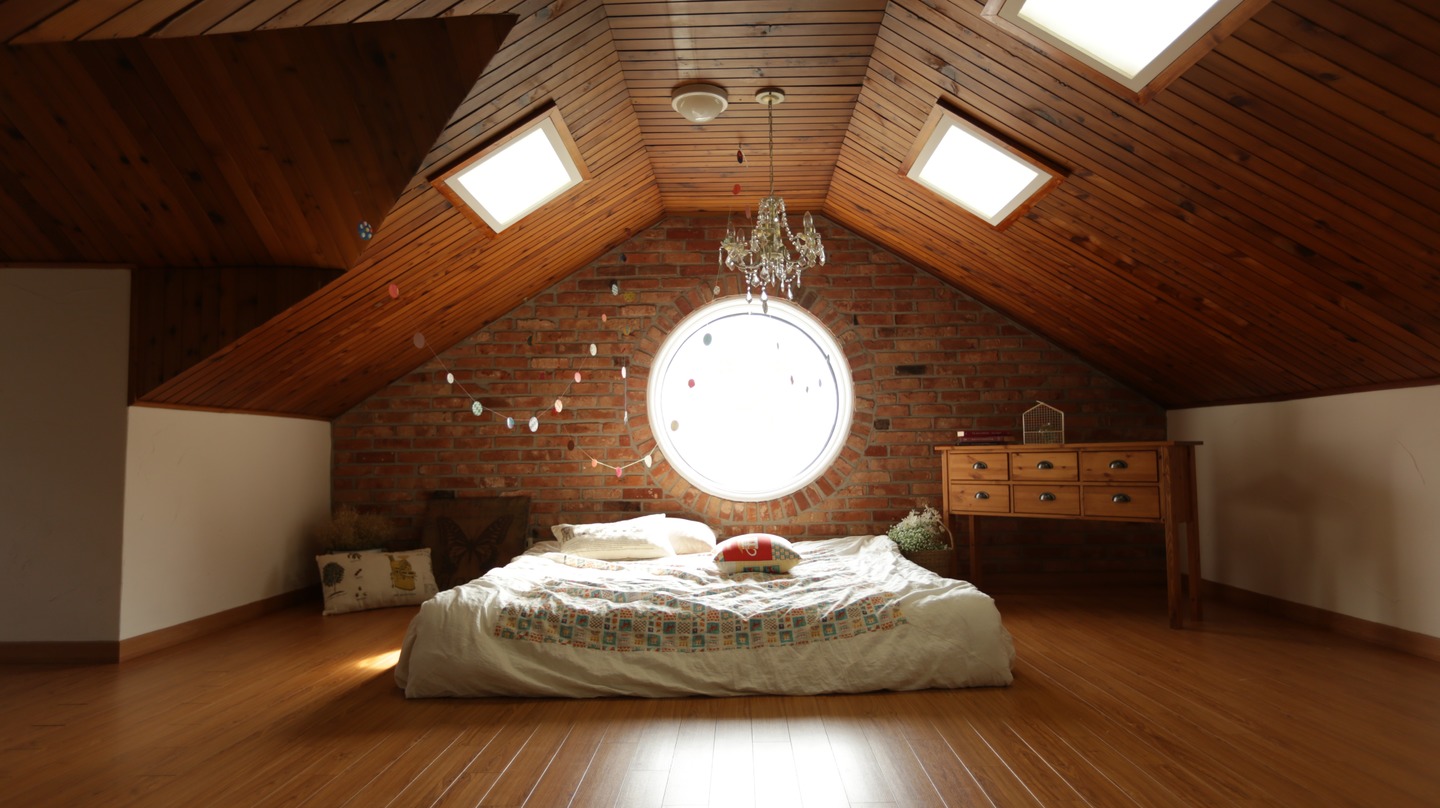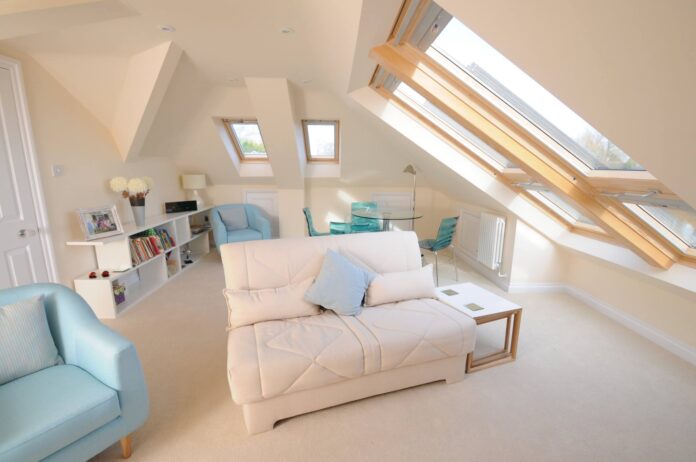If you have an unfinished loft, you might often forget it even exists. You’ll climb up there before Christmas to pull out the decorations and likely notice the cold breeze you feel when you open the hatch. Most people don’t think much of it, but with heating prices rising each year you must pay attention to it. Converting your loft into a living space is the best way to maximize your space at home. That said, even if you’re planning to convert your attic you should still ensure it’s insulated.
There are many reasons why insulating your loft is essential, from financial to environmental. If your loft isn’t insulated yet, here are some things to consider and tips for getting the job done:
Why do you need insulation in your loft?
Insulating your loft will help reduce the amount of heat you lose in your home. A whopping ¼ of your home’s heat will escape out the roof, meor:

aning your energy consumption will be higher and your bills will be too. Heat rises. All that heat you’re paying for is making its way to your loft and out the roof. On top of that, the increased energy consumption to heat your home results in more carbon emissions. To make the most efficient use of your energy, insulation will help keep the heat in, making it a more comfortable space if you ever want to spend time in it.
Can you install loft insulation yourself?
While you can attempt to install your own insulation, it’s always recommended that you use trusted loft conversion specialists who know exactly what types of insulation would be best for your space, and where exactly to put it. They will take all variables into account to ensure that your home is as energy-efficient as possible. Having someone install loft insulation will also future-proof the space in case you also want to do a loft conversion.
What you need to consider when insulating your loft
If you’ve decided to insulate your loft there a few things that you’ll need to consider. First of all, the materials that are used for the walls and flooring of your attic will play a role in the type of insulation you’ll need. Have a look at the walls to see if they are solid or cavity walls. Most older homes will have cavity walls, with newer homes having pre-insulated cavity walls. You will lose a varying amount of heat based on the thickness of your walls as well.

Regardless, you will want about 27cm worth of insulation inside of your loft to ensure the heat stays contained and doesn’t escape out of the walls as quickly.
Where does the insulation go?
Insulation in your loft will go between the joists, which are the beams that run horizontally across the floor of your loft space. You’ll also want to add insulation between the rafters. Not only does this insulation keep the heat in, but it also keeps the cold out during the harsh winter months.


















